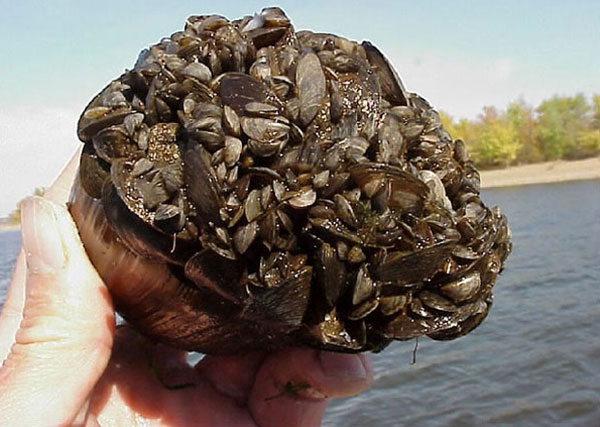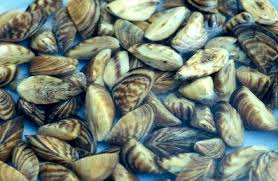

The eponymous spine of the Bythotrephes can make them difficult to ingest for many planktivorous fishes. Fish species and life stages that rely on pelagic energy sources are often negatively affected by zebra mussels, while those that rely on benthic/littoral resources often respond positively in terms of growth and abundance (e.g., Strayer et al. 2006, 2011).ĭespite their documented effects on lower trophic levels and ecosystem functioning, the effects of zebra mussels and Bythotrephes on higher trophic levels such as fish are less well known and appear to vary among systems and species (Strayer et al. 2016), although effects on phytoplankton communities vary among lakes (Strecker et al.

These changes in the zooplankton community can decrease water clarity via a trophic cascade (Walsh et al. 2001 Barbiero and Tuchman 2004 Fernandez et al. Bythotrephes are predatory zooplankters that also reduce native zooplankton biomass and can shift zooplankton community composition to prey species that are suboptimal for fish via both direct predation and indirect effects (Yan and Pawson 1997 Hoffman et al. At the same time, zebra mussels can increase benthic primary production and biomass of some benthic invertebrates by shunting nutrients into benthic zones and providing additional structure (Vanderploeg et al. They also indirectly affect zooplankton biomass, size structure, and community composition (Pace et al. Zebra mussels are filter feeders that reduce pelagic primary production and increase water clarity (Macisaac 1996 Strayer et al. Zebra mussels ( Dreissena polymorpha) and spiny water fleas ( Bythotrephes cederströmii Korovchinsky and Arnott 2019 hereafter Bythotrephes) are aquatic invasive species (AIS) that transform freshwater ecosystems. Future research quantifying effects of zebra mussels and Bythotrephes on other population-level processes and across a wider gradient of lake types is needed to understand the mechanisms driving observed changes in walleye growth. Smaller first-year size is related to walleye survival and recruitment to later life stages and has important implications for lake food webs and fisheries management. Early life growth of both walleye and yellow perch was less tightly coupled to degree days in invaded systems, as demonstrated by increased variance surrounding the degree day-length relationship. Yellow perch on average grew more slowly in their first year of life following invasion by zebra mussels, although this effect was not statistically distinguishable from zero. Yellow perch ( Perca flavescens) growth was less affected by invasion. Walleye ( Sander vitreus) in their first year of life grew more slowly in the presence of either invader after correcting for temperature (measured by degree days), and were on average 12 or 14% smaller at the end of their first summer following invasion by Bythotrephes or zebra mussels, respectively. Here, we use a hierarchical Bayesian analysis of a 35-year dataset on two fish species from 9 lakes to demonstrate that early life growth of ecologically important fishes are influenced by these aquatic invasive species. Documented impacts of invasive zebra mussels ( Dreissena polymorpha) and spiny water fleas ( Bythotrephes cederströmii hereafter Bythotrephes) on native fishes are variable and context dependent across locations and time periods. Invasive species represent a threat to aquatic ecosystems globally however, impacts can be heterogenous across systems.


 0 kommentar(er)
0 kommentar(er)
